The Out-of-Sync Child: Pt. 3
Symposium this week wrapped up our three-week discussion on The Out-of-Sync Child. The previous weeks focused more on the information provided in the book to enhance our understanding of sensory processing disorders (SPD). This week, we discussed intervention ideas provided in the book for each area of SPD (i.e. visual, auditory, vestibular, etc.) and brainstormed ways to add music.
There are many ways music can be used to help children with SPD. One common technique we use in our music therapy sessions for children with SPD who are seeking stimulation, is to use a cabasa and roll it on their body while singing a song. The sensory input provided by the cabasa can help a child with SPD become more aware of their body and help them calm down when over-stimulated. Music also provides rhythmic structure, which can be beneficial for vestibular and proprioceptive areas of SPD. Rhythm is used to elicit certain movements and provide stability during interventions. The list goes on an on of ways music can promote the needs of children with SPD. Our series on The Out-of-Sync Child over the last several weeks has helped increase my knowledge of SPD and provided beneficial discussions on interventions we can use in our music therapy sessions.
-Tara






